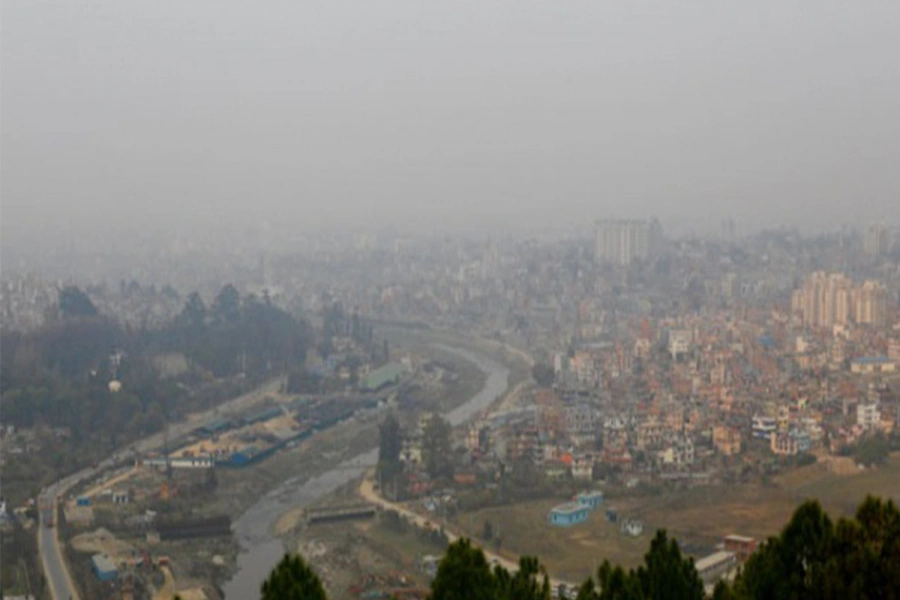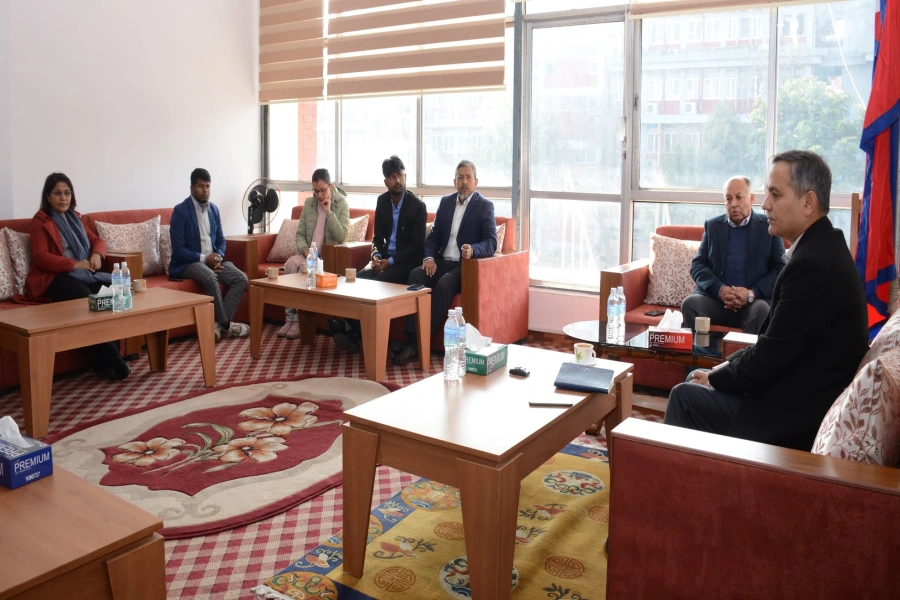If at all there is a right time to give the much needed push to upgrade the technology, it is now. Post Covid-19, some kind of technology integration in day to day learning will be the new norm.
According to UNESCO, around 1.5 billion students are out of school in over 165 countries affected by the pandemic. In China, the government is working at an unprecedented scale and speed with private platform providers to continue classes. At least 260 million students from elementary to high school have signed up for on-line platforms during the epidemic. Across the globe, governments have taken initiatives to combat the challenges thrown in by the Covid-19. Japan was one of the first countries to shut down schools from beginning of March affecting around 13 million children. In the first week of April, Chief Minister of Madhya Pradesh launched 'DigiLep Learning Enhancement Program' to ensure that learning of the students does not get affected while the schools remain shut. It relied heavily on WhatsApp. Countries soon figured a way to keep engaging their children, to minimize the damage done by closure of schools.
What’s in Nepal?
Pokhara Municipality notified all the schools in its jurisdiction to stop all the online classes. The parliamentary committee on Education and Health, echoing the same, directed the Ministry of Education not to run classes, conduct exams, and charge fees to the students until normalcy is restored. While one could understand the concerns raised by the committee to not to conduct exams and charge fees, there was seemingly no plausible logic behind not to run online classes.
It was bit of an irony when , a couple of weeks later, the Government kickstarted a portal (http://learning.cehrd.gov.np) with the contents primarily developed by Open Learning Exchange Nepal. While this was a certainly an appreciable effort, what was clearly missing was the fact that government did not say anything how one should make use of it. As a result, this hinted that government's position on where it stands regarding online education was still unclear. While the government was busy figuring out how to deal with this unprecedented situation, the contents developed by private initiatives like Deerwalk Learning Center began to get circulated through the popular cable TVs like DishHome and NetTv. The reach was nation-wide. To make internet affordable to data users, the majority of the internet users, Nepal telecom launched a special “Sikshya package” aimed at teachers and students. The launch of such package was to encourage students to get connected to the internet at a relatively cheaper rate.
Two-day Huawei Digital Nepal Conclave 2022

The problem that remained, and still remains, is the fact that there is no concrete decision made as to how Nepal should progress ahead and ensure it harnesses the benefits of the technology. This becomes especially ironical when juxtaposed with the larger goal of digital Nepal. We want almost everything to go digital and online and yet education remains one of the major overlooked areas.
Why the hesitation then?
Nepal's endeavor to integrate ICT in education can be understood in terms of ICT in Education Master Plan 2013-2017. This was an ambitious project to get schools connected, teachers trained on digital medium, student’s access to computers and internet. The general consensus is it did not gain much. Nonetheless, it did do some good as more computers got added to the schools.
According to International Telecom Union 2018 data, Measuring the Information Society Report Volume 2, 2018 the key figures as far as Nepal is concerned vis-à-vis connectivity numbers stand as follows: Mobile subscriptions per 100 inhabitants’ stands at 123.2 while 54.1 percent population has 3G coverage. Likewise, 21.4 percent of the population use the internet, 14 percent of the households have computers and 17.9 percent households have internet access. In ShareCast Initiative’s report of 2019, 33 percent has access to internet and 19 percent of the population has a television at their homes. Another survey showed that less than 10 percent of the households have computers at home, 8.7 percent has internet and 81 percent has mobile phones. The exact percentage is hard to come by but given the circumstances the safe assumptions would be anywhere between 10-20 percent.
Should we give up?
The poor IT infrastructure should not be allowed to serve as an excuse for not doing anything or doing little. If at all there is a right time to give the much needed push to upgrade the technology, it is now. Academicians have predicted the effect of pandemic and subsequent closure of the schools to be 'long term and persistent'. Our inaction will only aggravate the problem. It will not be like once schools reopen students will walk into the schools and start from where they have left. Within the constraints that exist, we should get started. Sooner we fail, sooner we will make new learning. It’s understandable when surveys show that kids do not love online classes. They would rather be in the midst of teachers and fellow students. However, one must also appreciate the fact that in the post Covid-19 era, some kind of technology integration in day to day learning will be the new norm.
Earlier this month, Anant Aggrwal, Founder and CEO of edX, thanked all the members on record announcing that his online learning portal edx.com has crossed 100 M enrollments. Globally, the online learning movement started getting traction from early 2000s amidst lot of skepticism. A decade later, New York Times posted a big news declaring 2011 as the Year of the massively open online courses (MOOC). With the rise of the MOOC, the students had an option to learn from professors of their choice, learn courses from any of the renowned university of their choice. Nepal's effort so far has been limited to airing video recorded classes. The education’s share of the national budget has been dismal—2019/20 saw only 10.68 percent. The volume of the education budget which saw its high of 17.1 percent against the national budget in 2011/2012 has since been on decline. It has been hovering at around 10 percent for the last four years. The opportunity now exists to give a much needed boost in our investment in education by increasing the share. And challenge that remains is how we ensure the students make the most out of such relatively complex set up like computer labs in their schools. Teaching students through recorded video classes in Sanothimi post 2015 earthquake was a good start. The thing is we need to build on it.
Way Forward
There have been two major criticisms of late of the online classes. Criticisms targeted at the urban schools. One, these classes are merely widening the gap, and two; schools are conducting the classes with a sole intention of collecting fees. Comments have been made as to teachers are ill prepared to teach. We should not let such criticisms deter us to make a head start. We are bound to make mistakes simply because this is completely new to everyone and not just teachers and schools alone. Learning made by private schools, or those who can, can be replicated in other schools. The power of other mediums like Television and Radio can be utilized. If at all, “internet-computer hardware” infrastructure is the issue, there is no reason to believe why government cannot initiate a big priority project in expanding connectivity just like so many other fast track projects and place it under project of National Pride.
The approach taken so far of let’s fix SEE first and let’s see what we can do for the rest will not work. While most of the heads of states, in their "pandemic" address to the nation have addressed the issues of school closures as a significant effect, Nepalis so far haven't heard anything to that effect apart from a passing remark. We have to kick start the discussion.
After all, what is at risk is a child's education and country's future.
Author is currently pursuing his PhD in Technology Management in Public Schools from Kathmandu University School of Management.






































